Academic Improvement Index - Academic Performance Insight
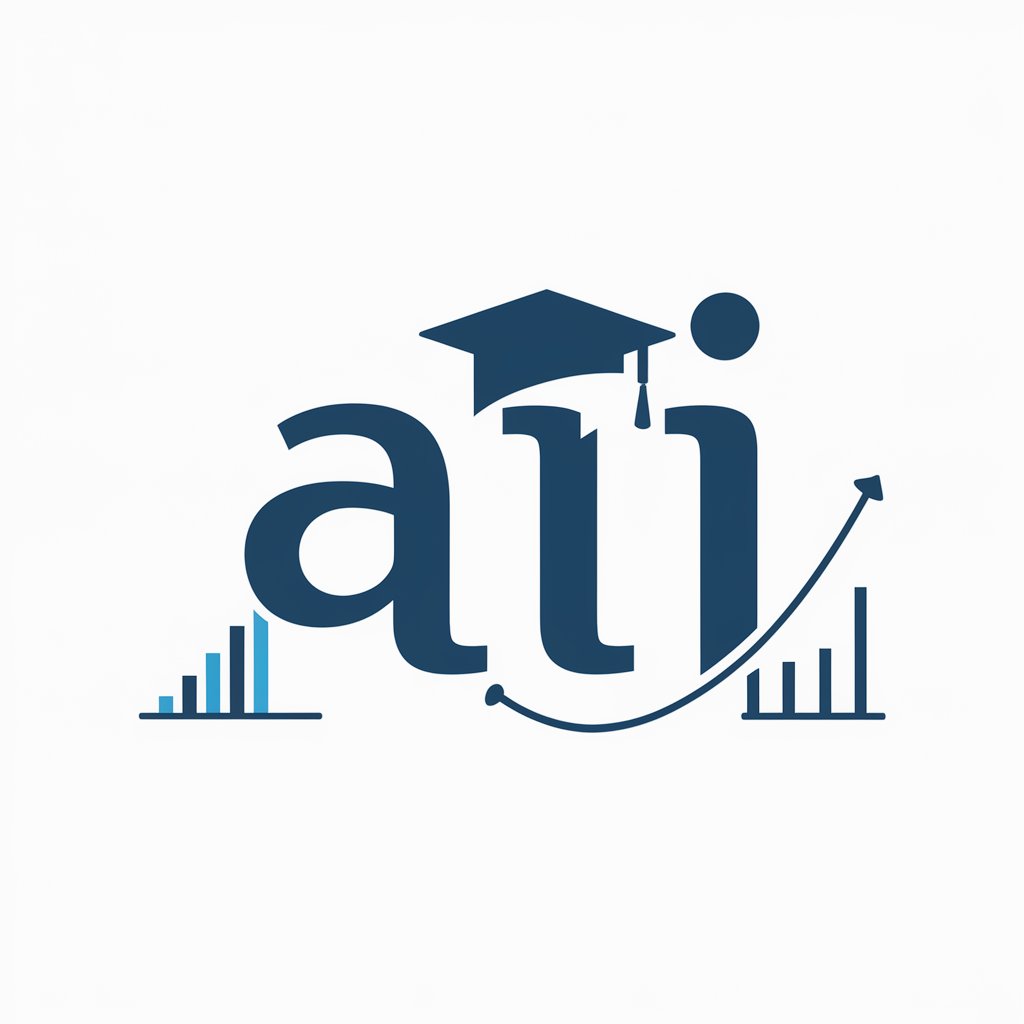
Welcome to Academic Improvement Index. Let's enhance educational outcomes together.
Empowering education with AI-driven insights.
Analyze the academic performance data for grade levels...
Generate a comprehensive report on students' academic achievement...
Develop an Academic Improvement Index based on the provided data...
Provide policy recommendations based on the academic analysis...
Get Embed Code
Academic Improvement Index: An Overview
The Academic Improvement Index (AII) is designed as a comprehensive tool aimed at analyzing and tracking students' academic progress across various occasions or grade levels. Its core functionality revolves around the development of an index that quantifies academic improvement, offering educators and policymakers a data-driven basis to evaluate the effectiveness of instructional strategies, curricula, and policies. AII employs statistical and analytical methods to process academic achievement data, transforming it into actionable insights. For example, by comparing the AII scores of students before and after the implementation of a new reading program, educators can objectively assess the program's impact on reading proficiency. The design purpose of AII is to support educational stakeholders in making informed decisions that enhance learning outcomes and foster an inclusive education environment, consistent with Ubuntu ethics, which emphasize community, respect, and equity. Powered by ChatGPT-4o。

Core Functions of Academic Improvement Index
Data Analysis and Interpretation
Example
Analyzing standardized test scores to identify trends and patterns in student performance across different demographics.
Scenario
A school district uses AII to evaluate the effectiveness of its new math curriculum by analyzing changes in standardized math test scores before and after its implementation. The analysis reveals significant improvements among underperforming student groups, highlighting the curriculum's success in reducing educational disparities.
Development of Improvement Strategies
Example
Creating targeted intervention programs based on identified academic weaknesses.
Scenario
Using AII, a middle school identifies a decline in science scores among sixth graders. In response, the school develops a targeted science tutoring program. Post-intervention AII data indicates a notable improvement in the science achievement scores of the targeted group, demonstrating the program's effectiveness.
Policy Recommendations
Example
Providing evidence-based recommendations for educational policy adjustments to improve student learning outcomes.
Scenario
An educational consultancy uses AII data to recommend policy changes to a state education board. The data suggests that extending school hours for targeted tutoring sessions significantly boosts academic performance. The board adopts this policy, leading to marked improvements in statewide academic achievement indices.
Ideal Users of Academic Improvement Index Services
Educators and School Administrators
This group includes teachers, principals, and school district officials who seek to understand and enhance student academic performance. They benefit from AII by gaining insights into the effectiveness of teaching methods, curriculum designs, and intervention strategies, enabling them to make data-informed decisions to support student learning.
Policy Makers and Educational Consultants
Policy makers at local, state, and national levels, as well as educational consultants working on curriculum development or educational research, constitute this user group. They utilize AII for crafting policies and recommendations that are backed by empirical data, aiming to foster equitable and effective education systems.
Researchers in Education
This group consists of academic researchers and graduate students focusing on educational studies. They use AII to analyze academic performance data for scholarly projects, contributing to the broader understanding of educational interventions and their impact on student achievement.

Guidelines for Using the Academic Improvement Index
Start Your Journey
Initiate your experience by accessing a complimentary trial at yeschat.ai, which requires no registration or subscription to ChatGPT Plus.
Gather Data
Compile academic performance data, including grades, test scores, and any other relevant indicators of student achievement across various time points or levels.
Input Data
Enter your compiled data into the Academic Improvement Index tool, ensuring accuracy and completeness for each student and subject area.
Analyze Results
Utilize the tool's analytics features to generate the Academic Improvement Index for individual students or groups, highlighting areas of improvement and excellence.
Apply Insights
Leverage the insights gained from the Index to inform teaching strategies, curriculum adjustments, and policy recommendations, with a focus on fostering inclusive education.
Try other advanced and practical GPTs
Dope Extraterrestrial Index
Visualizing the cosmos with AI.
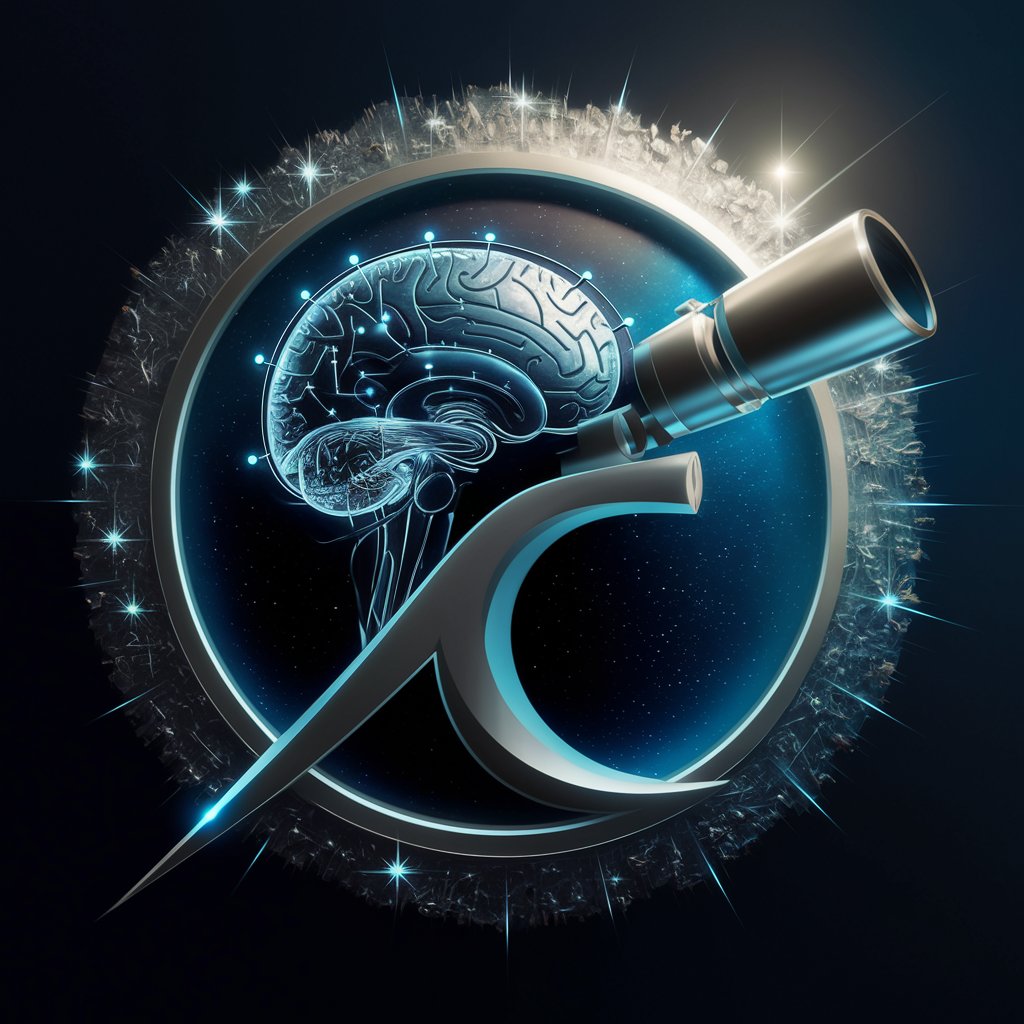
Akashic Index
Empowering Education with AI
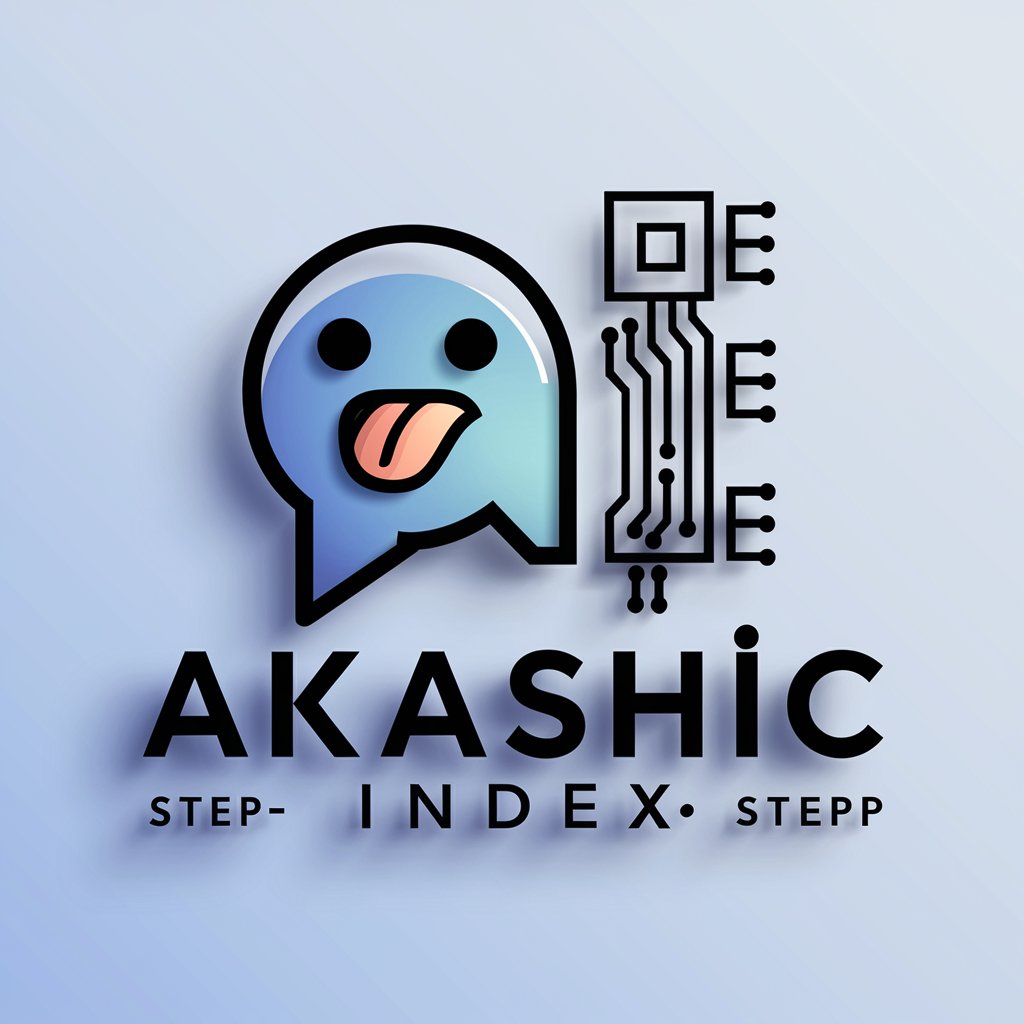
Stock Index
Empower Your Investment Decisions with AI

Annual Performance Index
Empowering Decisions with AI-Driven Insights
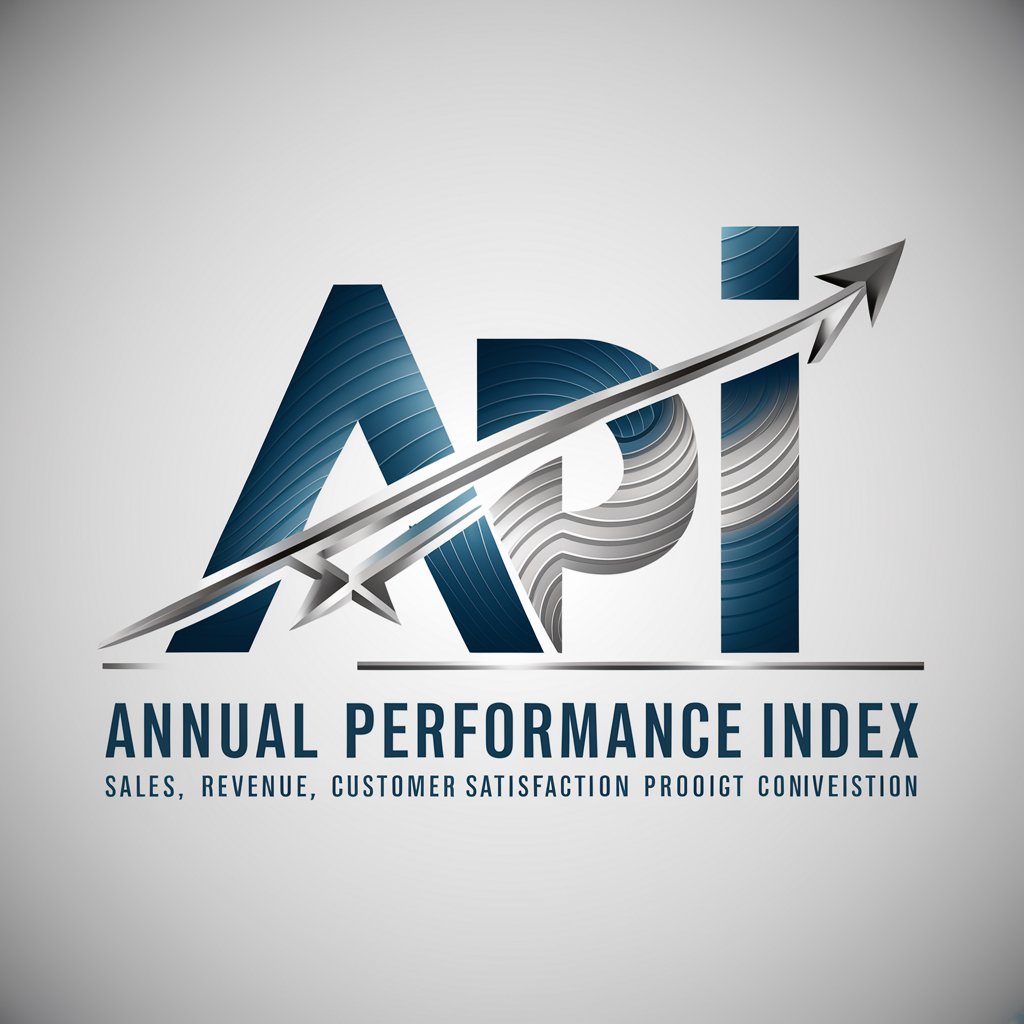
Index Diachronica
Charting the evolution of sounds, AI-enhanced.
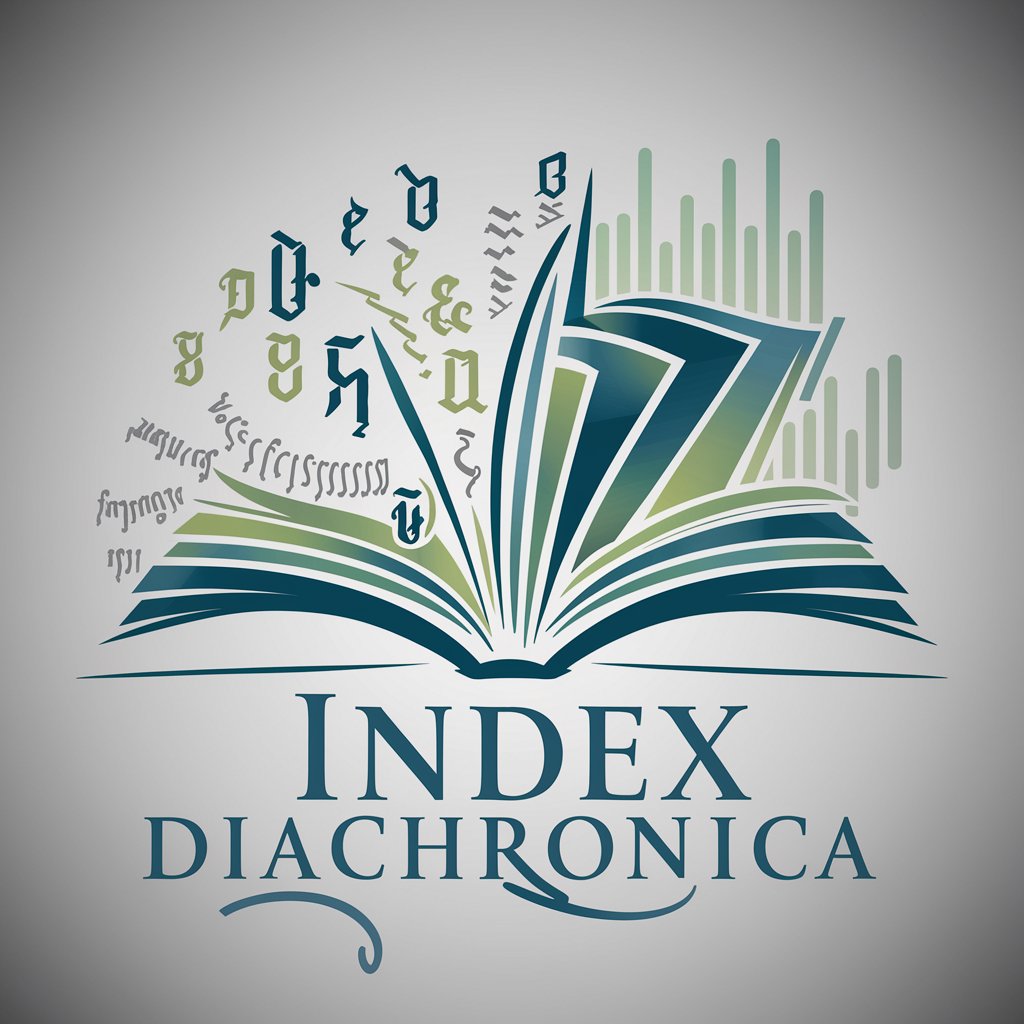
Index Advisor
Optimizing Queries with AI-powered Insights
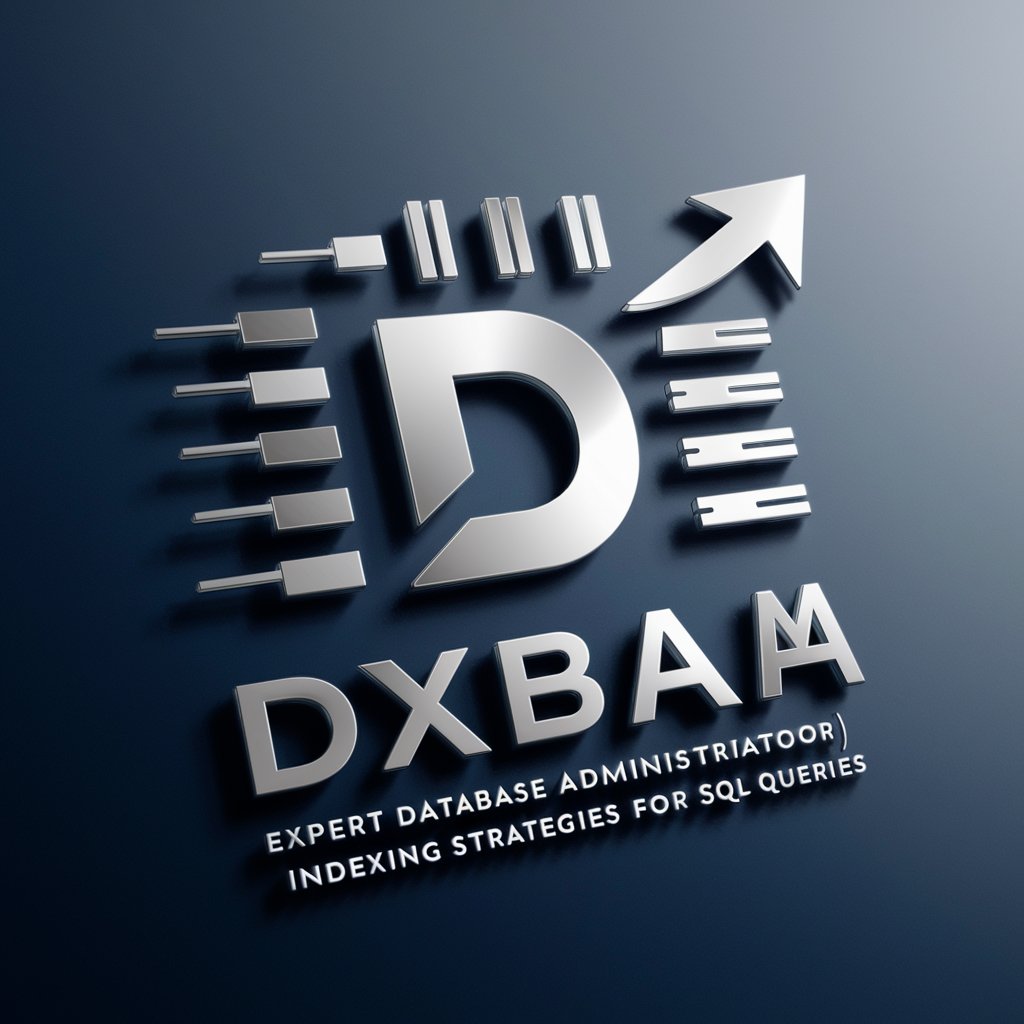
Index Wizard
AI-powered SPY/SPX Trading Insights

Offer Genius
Craft irresistible offers with AI

Interactive Offer Wizard
Elevate engagement with AI-powered challenges

Offer Template
Craft Professional Furniture Offers Instantly

Offer Wizard
AI-powered Tailored Offer Creation

Cheapest Offer
AI-powered savings on every purchase

Frequently Asked Questions about the Academic Improvement Index
What is the Academic Improvement Index?
The Academic Improvement Index is a sophisticated tool designed to analyze and track students' academic performance over time, providing a quantifiable measure of their improvement or growth in various subjects.
How does the Index handle diverse educational data?
The tool is equipped to process a wide range of data types, from standardized test scores to classroom grades, accommodating different assessment methods and educational contexts.
Can the Index support inclusive education strategies?
Yes, by identifying learning gaps and strengths across diverse student populations, the Index aids in tailoring educational approaches to meet individual needs, promoting equity and inclusivity.
Is the tool suitable for all educational levels?
Absolutely, the Academic Improvement Index is versatile and can be applied across primary, secondary, and higher education levels, adapting to the specific requirements of each stage.
How can educators best utilize the Index?
Educators can use the Index to inform instructional strategies, identify students needing intervention or enrichment, and assess the effectiveness of educational programs or initiatives.
